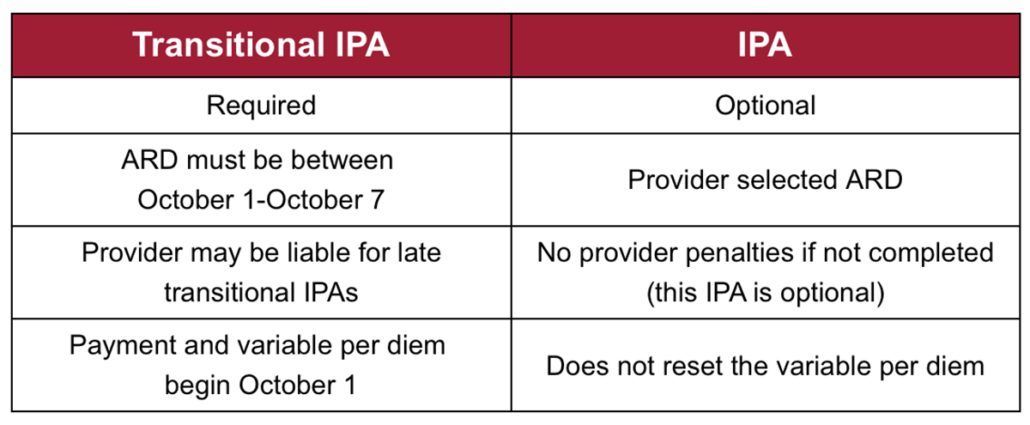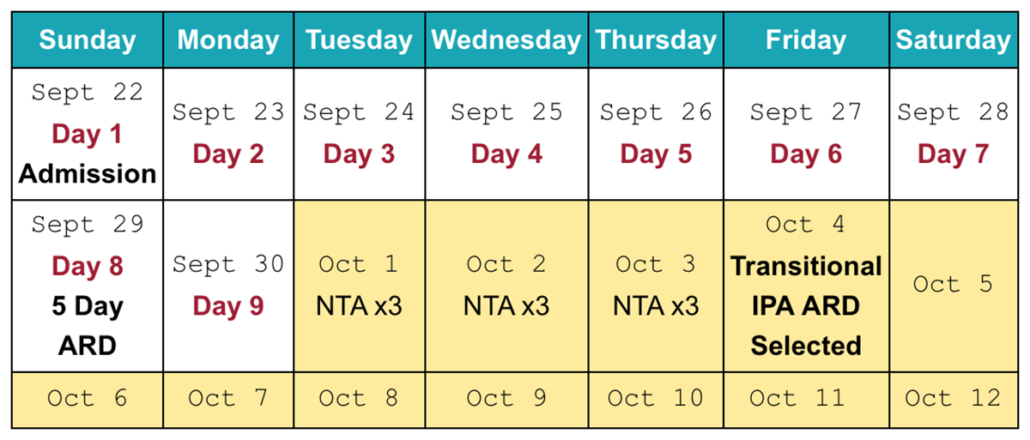Have you recently experienced a fall? If so, you are not alone. Each year, one in three adults 65+ experience a fall that requires medical attention. Falls can lead to hip fractures and other serious injuries. Falls are not a normal part of aging and most falls can be prevented.
Outdoor Hazards & Safety
▶ Use a walker or cane for added stability.
▶ Wear warms boots with rubber soles for added traction.
▶ If sidewalks look slippery, walk on the grass for better traction.
▶ Carry a small bag of rock salt or kosher salt and sprinkle on slick surfaces.
▶ Beware of highly polished marble or tile floor surfaces in public buildings. Stay on carpet runners whenever possible.
▶ Allow for extra commute time to ensure safe travel.
Home Safety Tips
▶ Keep all rooms free from clutter, especially on the floors.
▶ Wear supportive, low-heeled shoes even at home.
▶ Remove rugs or use double-sided tape to secure rugs so they won’t slip.
▶ Put a non-slip rubber mat or self-stick strips on the floor of the shower or tub.
▶ Install easy-to-reach grab bars in the bathroom.
▶ Use a shower chair or transfer bench.
▶ Place a lamp close to the bed where it’s easy to reach.
How Can Physical & Occupational Therapy Help?
Maintaining proper balance and sense of body position is critical to preventing falls. A physical therapist can help you prevent falls by designing an individualized program of exercises and activities with an emphasis on strength, flexibility, and proper gait. Occupational therapists can review your home environment for hazards and assess any individual limitations. By identifying these factors that contribute to falls, the occupational therapist can recommend strategies to safely perform daily tasks, modify the home environment, and change activity patterns and behaviors.
Talk to your doctor about your fall risk and ask if physical or occupational therapy could help. Be sure to have your doctor or pharmacist to review you prescriptions regularly.


